In California’s Central Valley, Dry Wells Multiply in the Summer Heat
Tulare County continues to be the center of the drought’s drinking water crisis.
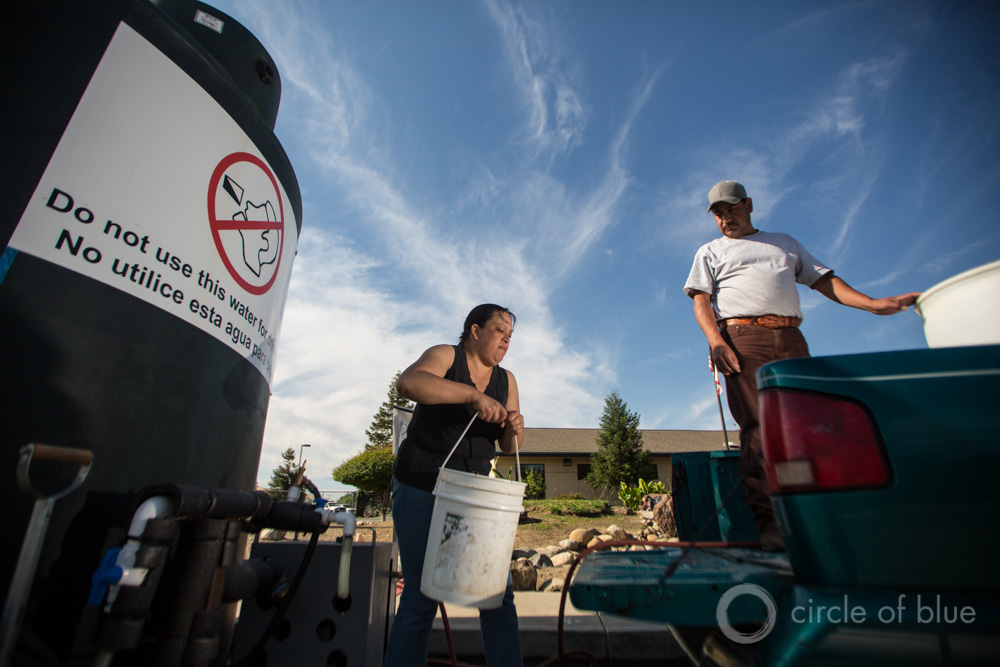
By Brett Walton
Circle of Blue
Some wells gurgle and hiss before they die. Others expire with a puff of sand. Either way, the result is the same: no more running water.
The rate of drinking well failures is rising again in California, as the state’s drought emergency begins a hot, unpleasant summer. Thousands of residents, most of whom live in the Central Valley, the nation’s agricultural powerhouse, live without working faucets and showers. For the most unfortunate, wells dried up more than 18 months ago.
“It’s devastating and depressing,” Jenny Rempel, communications coordinator for the Community Water Center, a drinking water nonprofit working in the Central Valley, told Circle of Blue.
In the last three weeks, residents of Tulare County reported 105 well failures, with each week’s total higher than the last. Tulare, a farm county the size of Connecticut, is the center of the state’s drinking water crisis. California officials counted 1,908 dry wells in the state as of June 18 that affected 9,540 people. Seven out of 10 dry wells are in Tulare County. Nearly four out of 10 are in a single town: East Porterville.
County officials expect the number to increase in the coming months. Groundwater basins, already depleted from voracious pumping during the four-year drought, are low. They absorbed little water during the historically dry winter, when the Sierra Nevada snowpack was the smallest ever measured. Summer also begins the irrigation season, and farm demand will lower water tables even further.
“As it gets hotter and summer is in full effect, we expect to see more wells going dry,” Melissa Withnell, Tulare County spokeswoman, told Circle of Blue.
State Provides Money for Temporary Solutions
Though the crisis will deepen, local governments are armed with more resources this year. A drought package that passed the state Legislature on March 1 set aside $US 24 million for drinking water emergencies.
The money is divided into two pots: $US 19 million goes to the Cleanup and Abatement Account (CAA) for water system repairs, deliveries of bottled water, and new wells for water systems that supply a community. The remaining $US 5 million will be administered by the Department of Water Resources for private wells, but it is unclear how it will be spent, according to Rempel.
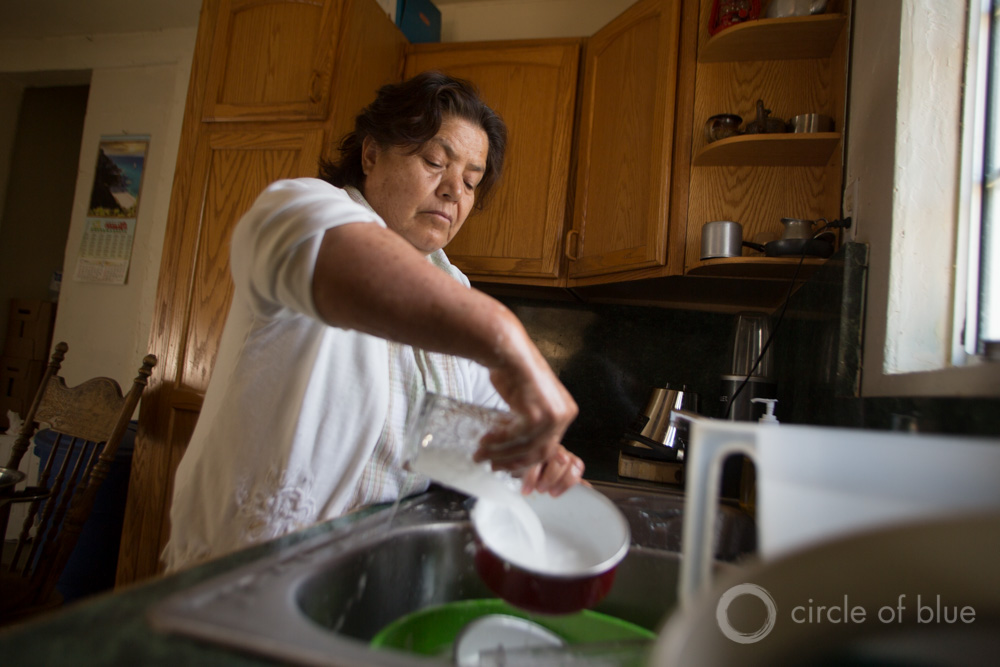
When a domestic well goes dry, a family has several options. If they have enough money, they can drill a new well. Because the affected families are typically poor farm workers, a new well, which can cost nearly a year’s salary, is often out of reach, and the waiting list is many months long.
A temporary fix is bottled water. The state provided Tulare County with $US 500,000 from the CAA to provide drinking water to homes with dry wells. Homes are allocated a half gallon (two liters) per person per day, according to Withnell, and bulk deliveries are made every few weeks. Some 890 households have qualified for the program.
A second assistance program pays for the installation of in-home water tanks that have pumping systems that circulate water through the home’s plumbing. As of mid-June, 120 tanks were installed in Tulare County, Withnell said.
The county placed two tanks of non-potable water in East Porterville. It also uses state funds to operate portable showers for residents.
“These programs will last as long as the funding lasts,” Withnell said. “Hopefully it lasts as long as the emergency does.”
A lifeline for the county’s most desperate, the programs do not address the root of the problem, according to Rempel. Even without a drought, groundwater in certain areas is so polluted with nitrates from farm runoff that residents do not drink their tap water, for fear of disease. Unrestrained groundwater pumping has allowed farmers to survive the drought without catastrophic losses, but with severe side effects on the state’s poorest.
“We need to develop better local planning for sustainable groundwater use,” Rempel said. “We need to be more strategic about where wells are drilled. A deep irrigation well within 100 feet of a family’s domestic well is a problem.”
A few counties — Ventura, in October 2014, and San Luis Obispo, in August 2013 — halted the permitting of new agricultural wells in basins seeing a severe decline in groundwater levels. Tulare has not, though Rempel said there have been murmurs that the board of supervisors could take up the issue.
Mandatory groundwater management changes are on the horizon, but approaching slowly. Last September, Governor Jerry Brown signed a bill requiring the formation of local agencies that will regulate groundwater use. Agencies must be established by June 30, 2017. Sustainable use, which still needs to be defined, must be achieved by 2040.
Brett writes about agriculture, energy, infrastructure, and the politics and economics of water in the United States. He also writes the Federal Water Tap, Circle of Blue’s weekly digest of U.S. government water news. He is the winner of two Society of Environmental Journalists reporting awards, one of the top honors in American environmental journalism: first place for explanatory reporting for a series on septic system pollution in the United States(2016) and third place for beat reporting in a small market (2014). He received the Sierra Club’s Distinguished Service Award in 2018. Brett lives in Seattle, where he hikes the mountains and bakes pies. Contact Brett Walton
Trackbacks & Pingbacks
-
[…] During that multi-year disaster, from 2012 to 2016, wells in Central Valley farmworker communities dried up by the thousands and water quality […]
Leave a Reply
Want to join the discussion?Feel free to contribute!


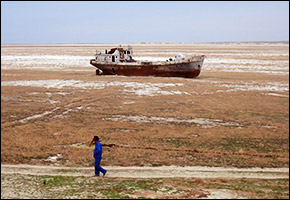
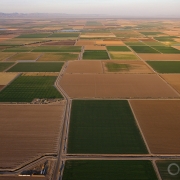
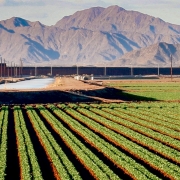
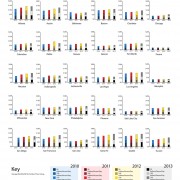



This sort of thing always hits the poor the hardest. At least they are allocated drinking water in plastic bottles. The very two things California decries. One is, the plastic containers. And the other is, the storing of water in plastic for selling. Didn’t they just complain about Nestle?